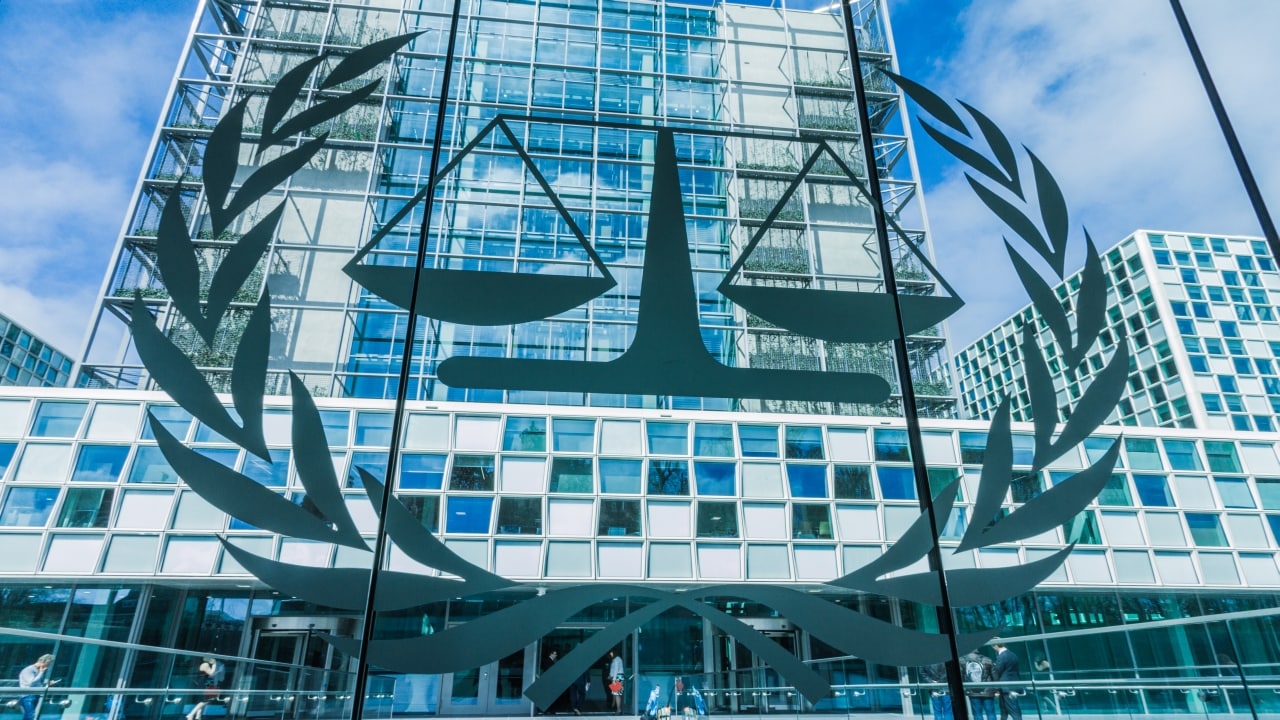Looking into the past: Why it should be a part of our scientific quest

KV Prasad Jun 13, 2022, 06:35 AM IST (Published)
 Listen to the Article (6 Minutes)
Listen to the Article (6 Minutes)
Summary
One should identify knowledge streams in each of our own past and yet stay clear of attempts to ratiocinate every bit of such knowledge.
Arthur Koestler, among the heretics who critiqued the ways of the Communist Party of Soviet Union under Joseph Stalin, had also authored a riveting text titled ‘The Sleepwalkers: A History of Man’s Changing Vision of the Universe’; published in 1959, Koestler’s book tells us that human society, from ancient Mesopotamia (as much as civilisations contemporary to the Mesopotamian) was, perhaps dogged by an obsession to explain its environs and the science of cosmology was central to this as much as mathematics was.
The Greeks and the Babylonians, Koestler tells us, laid the foundations to such quest and the story of cosmology from then until Isaac Newton is filled by a tradition of what Koestler calls sleepwalkers. Koestler establishes in this book that the quest for answers and the findings by way of answers to aspects of everyday existence of women/men is akin to sleepwalking. Koestler also tells us of the long dark age, post-the Greek civilisation and since the Roman civilisation was overwhelmed by the Church, when critical thinking was forced into silence and scriptures as interpreted by the priests claimed to answer all such questions.
Among the most significant events that marked the beginnings of the end of this long dark age was the publication of ‘De revolutioibus orbium coelestium’, being the work of research by Nicaulos Copernicus, in 1542. The heliocentric world, as against the geocentric that the Church establishment had peddled for long until then, was indeed a marker in the changing ways that things around were seen and the Copernican Revolution influence Jonathan Kepler as much as it did Tycho Brahhe after Copernicus and Galili Galileo after them.
Isaac Newton, Koestler tells us, followed this tradition: The tradition that the Mesopotamians had held central to their civilisation and brewed in the conviction that knowledge of things was essentially the outcome of sharing of experiences and systematic iteration and hence contra to belief. As much as Copernicus had refused to accept the belief about the earth being the centre of the universe because this did not help find answers to some mundane questions that persisted (for instance on day and night!), Kepler, even while taking off from Copernicus, did not hold it as Gospel. And the same is true of Brahe, Galileo and Newton.
Let me resist the temptation to recap Koestler’s 1959 text any longer and instead, get to put out its significance to our times. And for that it is relevant to locate Copernicus and his ‘De revolutioibus orbium coelestium’ published first in 1542. It was 89 years since the Turks had re-captured Istanbul; known until then and since the Third Century AD as Constantinople, the second capital of the Holy Roman Empire. Western Europe, then, was in the cusp of a substantial transformation and a period in history described as the Enlightenment.
In other words, this was the time when Feudalism was beginning to collapse and the time when the World was Turning Upside Down, to rephrase the title of a wonderful book by Christopher Hill, first published in 1972 and reprints thereafter were prescribed texts in most universities of significance during the 1980s. Hill explains with clarity the way men began to transform the world around them and set in motion an epistemology that was distinct and opposite to the theory of knowledge as it prevailed until then.
It was not incidental that Edward Said, yet another substantive thinker came with the epistemology critiquing the way knowledge was sought to be presented from a Euro-centric position – Orientalism – to theorise that the East was not all that dark hitherto, depending on knowledge from the West to be civilised. Said’s seminal text on 1978 (Orientalism) set the stage for scores of works that establish the East as much a vibrant and robust tradition of heretic thinking and exposing the ideological foundations of such thinking that the East was bound to have lived in squalor and filth but for the West having taken up the task of civilising the uncivilised.
Said taught us to show that the East was as much home for scientific and heretic traditions that is at the base of democracy and colonialism distorted such traditions in its enthusiasm to gloss over its agenda – to plunder and pillage of the colonies in Asia, Africa and Latin America – with a garb to render service to the people who were kept captive by the Oriental Despots. I must note a recent text by Priyamvada Gopal (Insurgent Empire: Anti-Colinial Resistance and British Dissent, Verso, London, 2019) taking the Saidian tradition in its core and yet putting out a nuanced critique of some of the postcolonial scholarship hitherto for consideration.
Let me now come to the point why such exegesis into historiography here. The context is an exhortation recently on the need to research into science in ancient India. Well. The point is not to ridicule such studies and their need. Arthur Koestler, indeed, a heretic had ventured into that in 1959; his long narrative on the journey since ancient Mesopotamia into the times of Copernicus and then to Newton is meant to convey that the giant strides in the domain of cosmology were made when scientists behaved as sleepwalkers rather than caught with the fetish to ratiocinate (in other words trying hard to stay rational).
The point that Koestler makes here, at least in my reading, is to identify knowledge streams in each of our own past and yet stay clear of attempts at ratiocinate every bit of such knowledge. As much as it is important to realise that Newton’s formulations helped emergence of the discipline known as Quantum Mechanics because Newton formulated his three laws at a time when Industrial Capitalism had got going and hence his laws found the space for application, the fact is that such thinking in ancient times did not find avenues for application in the domain of technology.
As much as Koestler’s 1959 text establishing the long history of strides and the epistemological breaks is relevant it is important to see if any such tradition existed elsewhere too. And such a quest will also have to be followed with such questions as to whatever happened to such traditions over time. In other words, whether such knowledge emanating out of a knowledge society raised on the foundations of critical thinking was quelled at some point by faith as it happened with the Greek tradition by the Romans.
Ratiocination, indeed, may be necessary for science. But then knowledge about women and men who walked around at some distant past as do sleepwalkers shall not be shunned.
V Krishna Ananth teaches History at Sikkim University, Gangtok.
Read Krishna Ananth’s columns here.

Elon Musk forms several ‘X Holdings’ companies to fund potential Twitter buyout
3 Mins Read
Thursday’s filing dispelled some doubts, though Musk still has work to do. He and his advisers will spend the coming days vetting potential investors for the equity portion of his offer, according to people familiar with the matter

KV Prasad Journo follow politics, process in Parliament and US Congress. Former Congressional APSA-Fulbright Fellow










 Listen to the Article
Listen to the Article  Daily Newsletter
Daily Newsletter




































